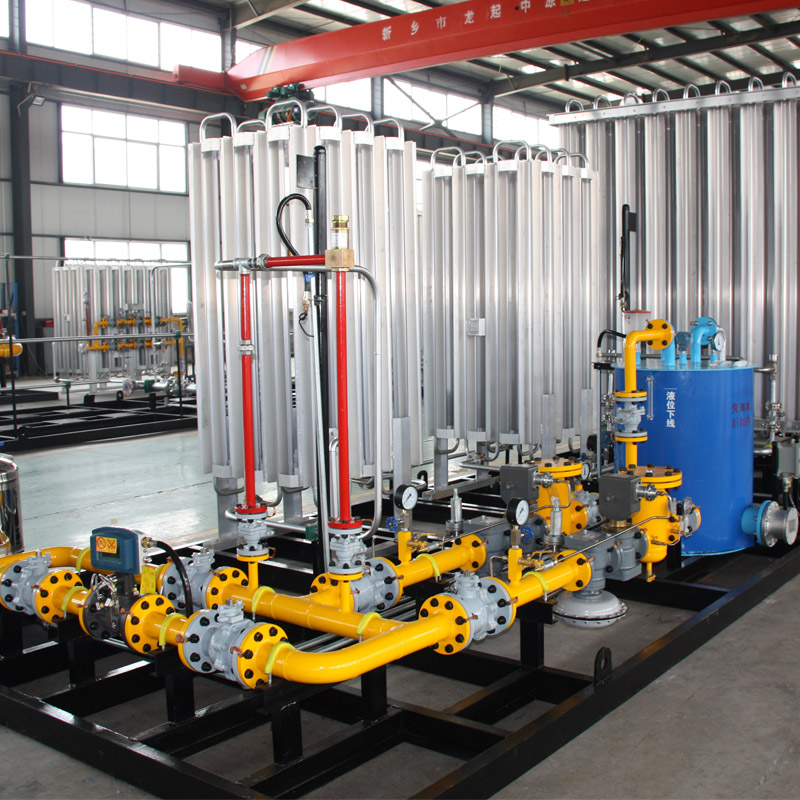
Oct . 12, 2024 17:42
Back to list
Pressure Regulation Valve for Efficient System Control and Safety Optimization
Understanding Pressure Regulating Valves Functionality and Applications
Pressure regulating valves (PRVs) are crucial components in various industrial applications, ensuring that systems operate within safe and efficient pressure ranges. These valves help maintain a consistent output pressure regardless of fluctuations in the input pressure or the demand from the system. By understanding the functionality and applications of PRVs, one can appreciate their significance in various sectors, including water supply systems, gas pipelines, and HVAC systems.
Functionality of Pressure Regulating Valves
At its core, a pressure regulating valve serves to control the pressure of fluids, such as liquids or gases, in a system. The main objective of a PRV is to reduce the inlet pressure to a specified outlet pressure, thereby protecting downstream equipment from potential damage caused by excessive pressures.
The operation of a PRV can be understood through its basic components, including the valve body, diaphragm, spring, and adjustment mechanism. When fluid flows into the valve, the pressure exerted on the diaphragm causes it to move, which in turn, adjusts the opening of the valve. The spring plays a critical role here as it can either allow or restrict the flow depending on the pressure differential. By adjusting the spring tension, users can set the desired outlet pressure, ensuring a stable and safe operation.
An important aspect of PRVs is their ability to react dynamically to variations in input pressure and flow demand. When the inlet pressure decreases, the PRV will compensate to maintain the set outlet pressure, allowing for a seamless operation. Conversely, if the output is drawing more fluid than usual, the valve quickly adjusts to prevent over-pressurization, demonstrating its vital role in system integrity.
.
PRVs find widespread use across numerous industries due to their essential safety and efficiency benefits. Here are a few key applications
صمام تنظيم الضغط

1. Water Distribution Systems In municipal water supply systems, PRVs are employed to manage the pressure within the pipelines, ensuring that the water reaches consumers at a consistent and safe pressure. This not only prevents damage to pipes and fixtures but also helps in maintaining optimal flow rates across the network.
2. Gas Pipelines In the gas industry, maintaining pressure is critical for safety and efficiency. PRVs are used to regulate the pressure in gas pipelines, ensuring that the delivery pressure remains at a safe level for both commercial and residential users. This prevents leaks and potential hazards associated with gas over-pressurization.
3. HVAC Systems In heating, ventilation, and air conditioning (HVAC) systems, pressure regulating valves ensure that the system operates efficiently. They help maintain consistent water pressure in chilled water systems or steam systems, contributing to energy efficiency and improving overall system performance.
4. Industrial Processes Many manufacturing processes require precise control of fluid pressures to ensure quality and safety. Industries, such as food and beverage, pharmaceuticals, and chemical processing, utilize PRVs to maintain optimal conditions during production, minimizing the risk of accidents or equipment failures.
5. Agricultural Applications In irrigation systems, pressure regulating valves ensure that crops receive water at the correct pressure levels, preventing soil erosion and water wastage. This not only aids in water conservation efforts but also enhances crop yields.
Conclusion
In conclusion, pressure regulating valves play a pivotal role in various industries by ensuring the safety and efficiency of fluid systems. Their ability to maintain consistent output pressures despite varying inlet pressures and demands underscores their importance in daily operations. As industries continue to evolve and prioritize safety and efficiency, the role of PRVs will only become more integral to the success of numerous applications. Understanding how these valves function and their applications can further empower engineers and operators to make informed decisions that enhance system reliability and safety.
Next:
Latest news
-
Safety Valve Spring-Loaded Design Overpressure ProtectionNewsJul.25,2025
-
Precision Voltage Regulator AC5 Accuracy Grade PerformanceNewsJul.25,2025
-
Natural Gas Pressure Regulating Skid Industrial Pipeline ApplicationsNewsJul.25,2025
-
Natural Gas Filter Stainless Steel Mesh Element DesignNewsJul.25,2025
-
Gas Pressure Regulator Valve Direct-Acting Spring-Loaded DesignNewsJul.25,2025
-
Decompression Equipment Multi-Stage Heat Exchange System DesignNewsJul.25,2025

